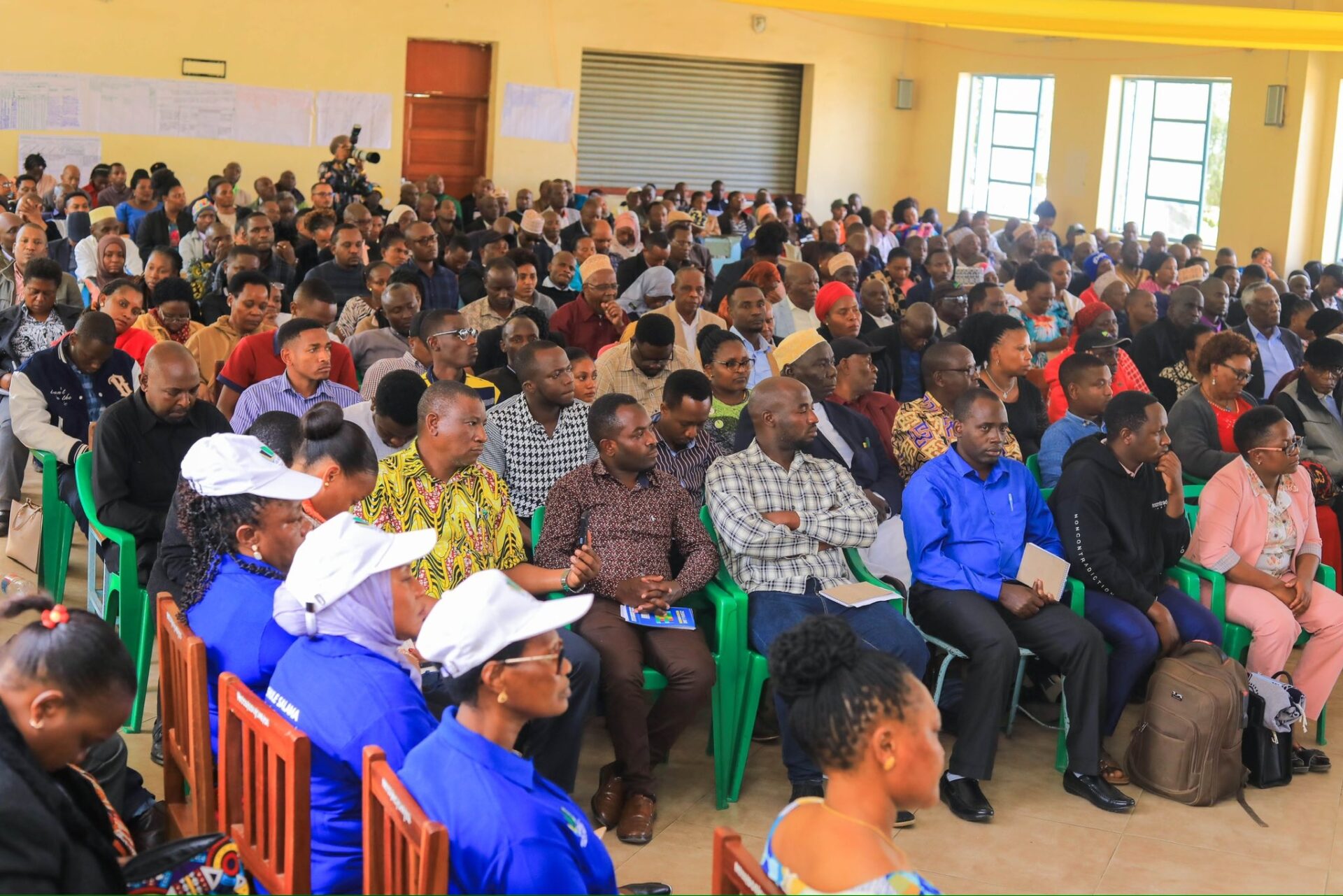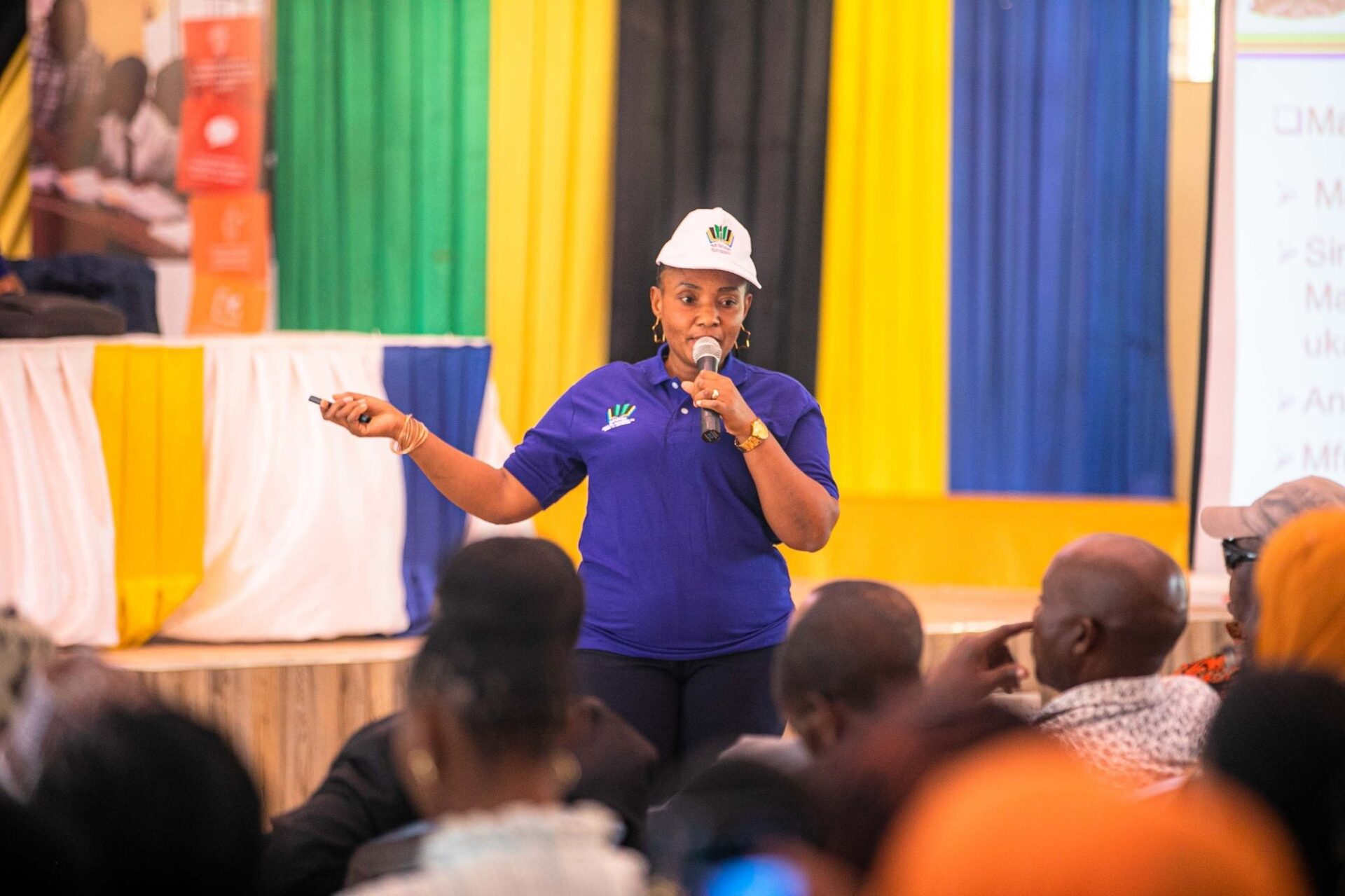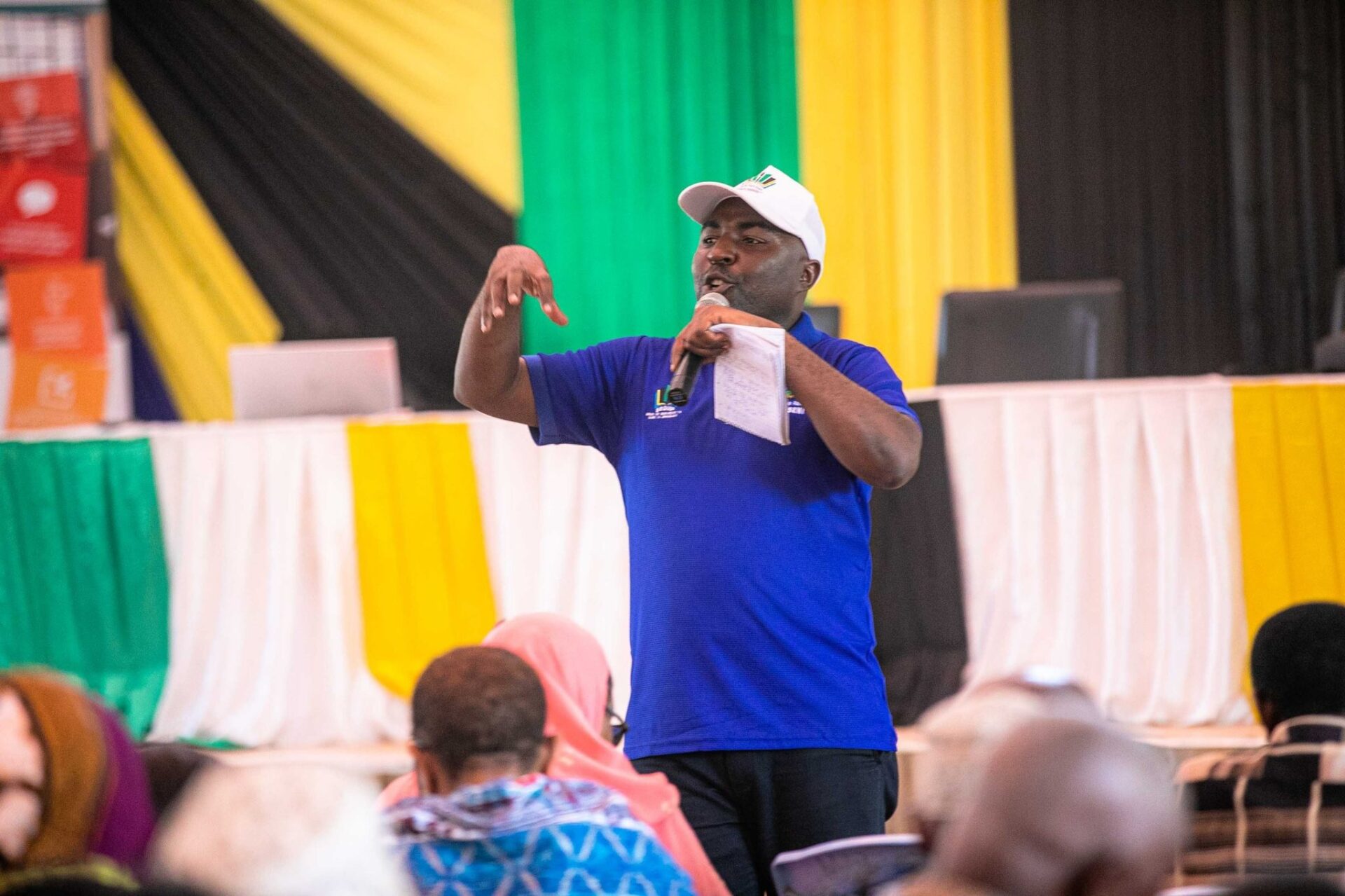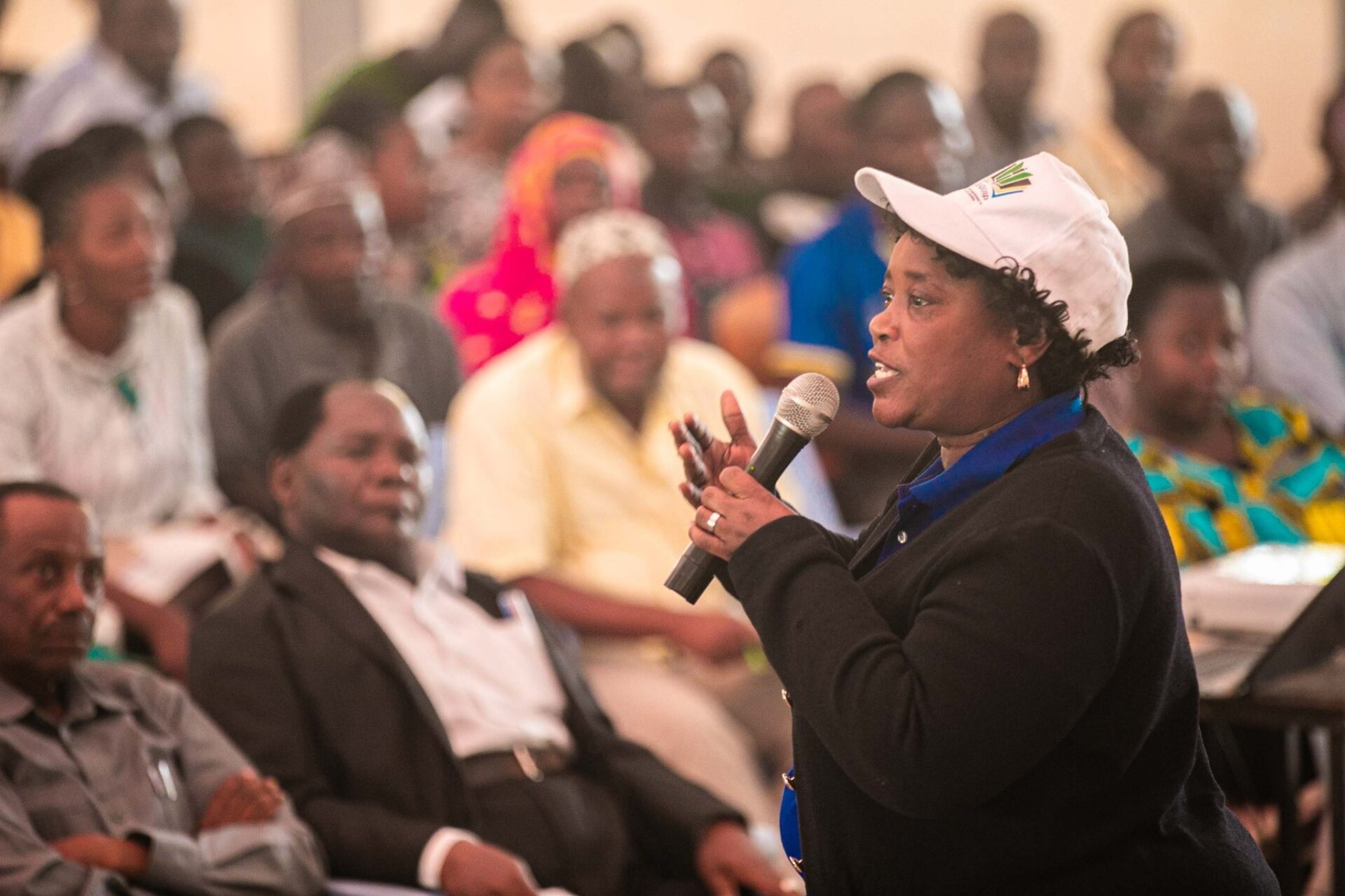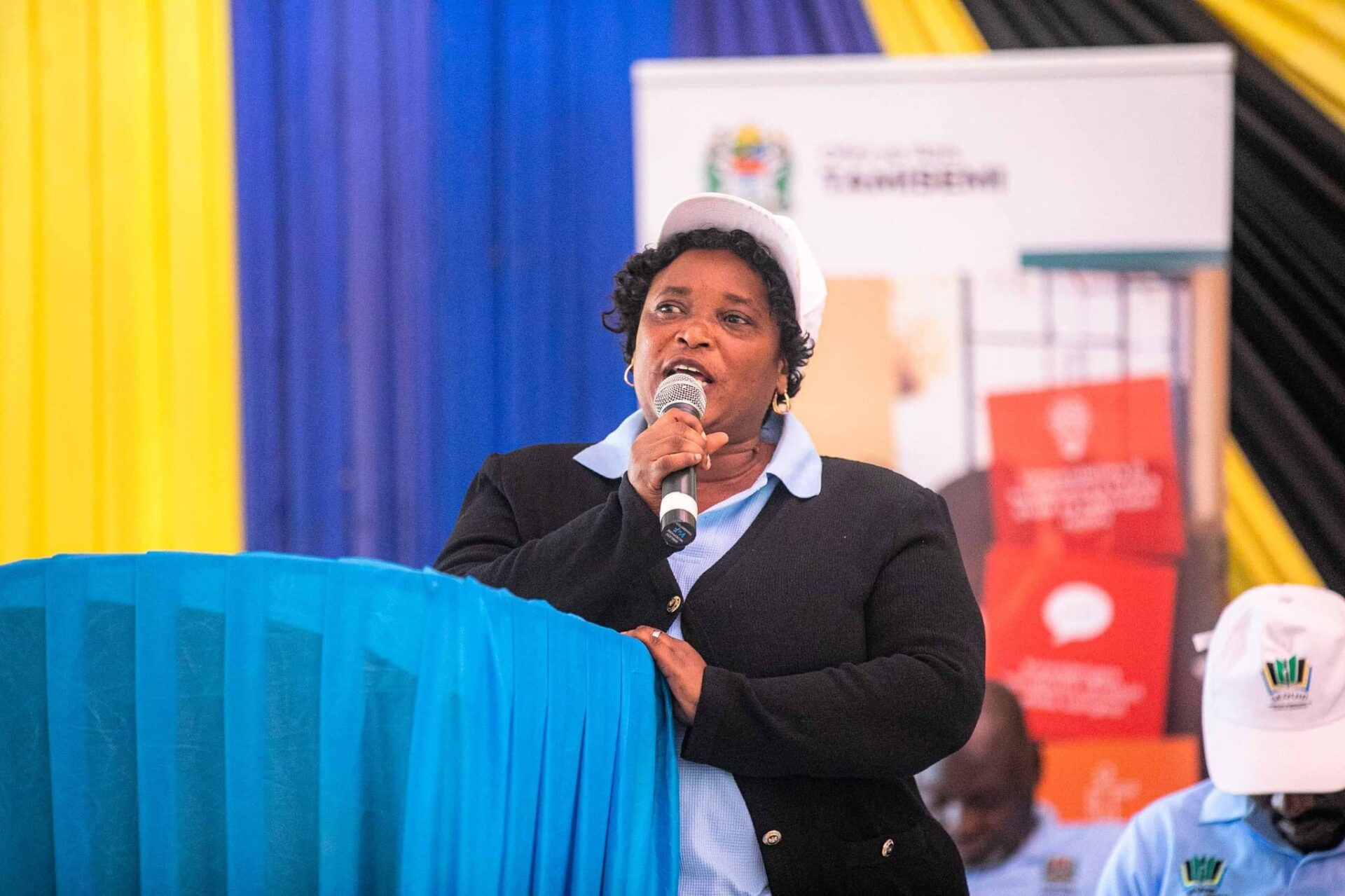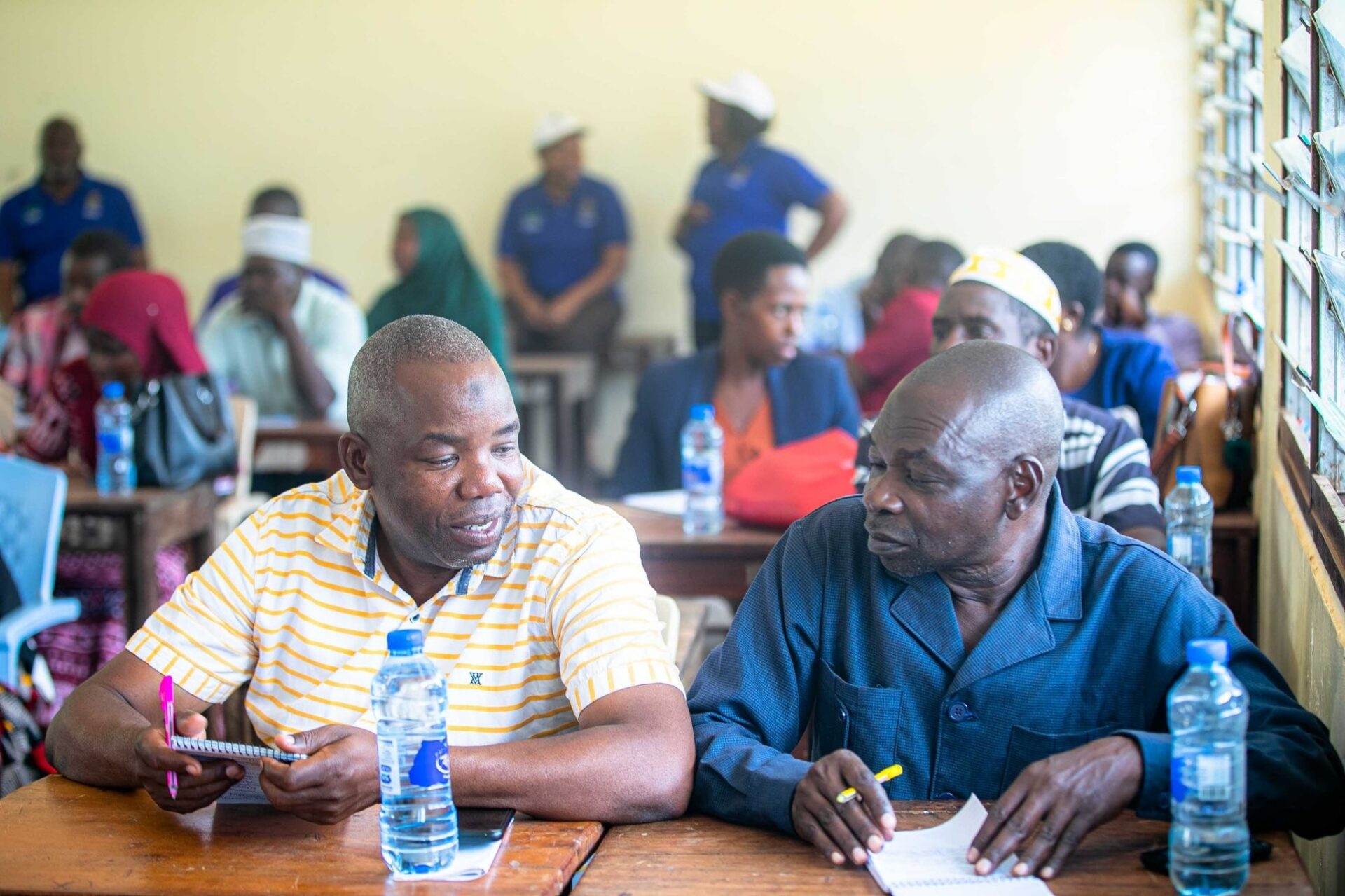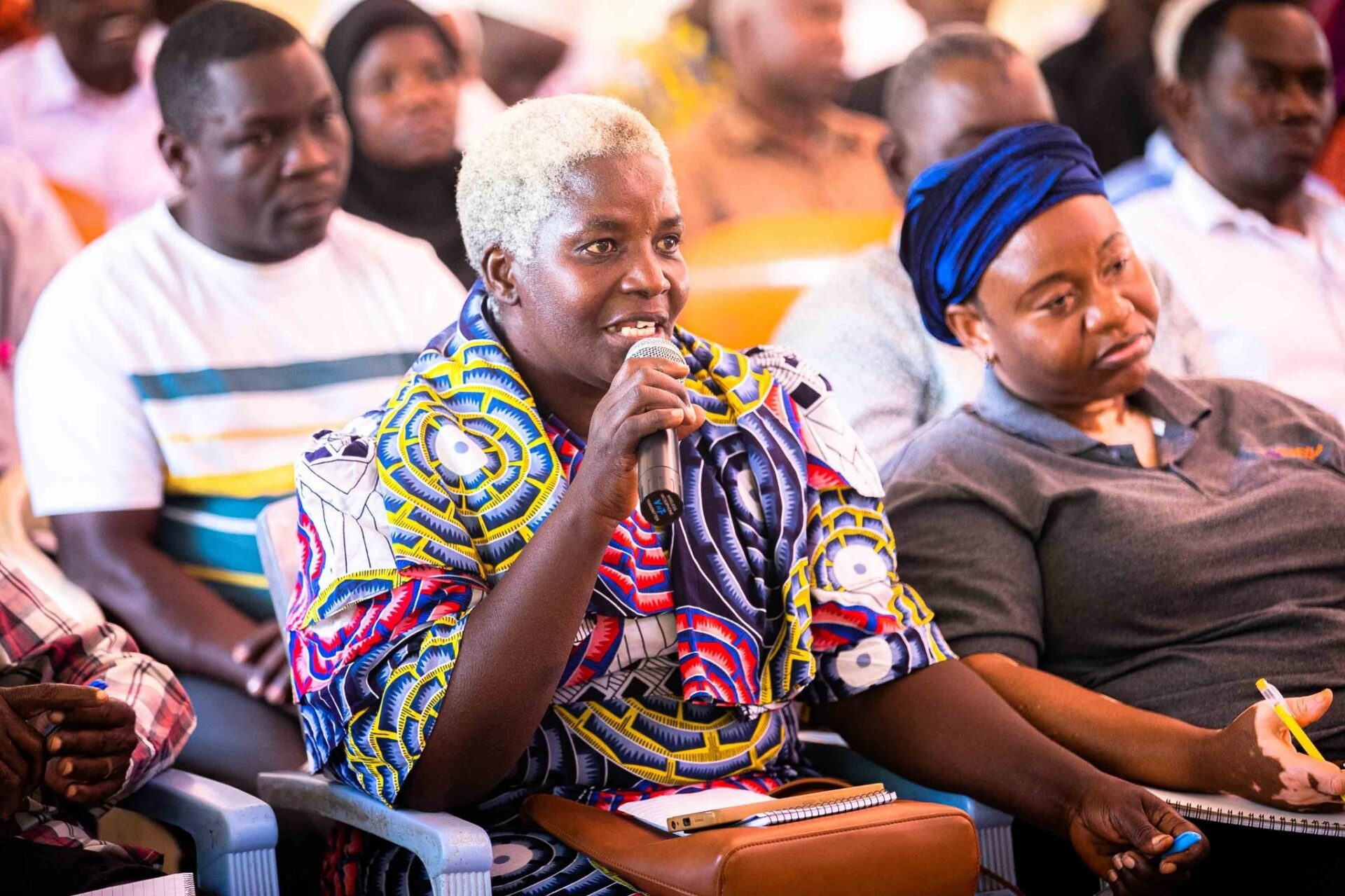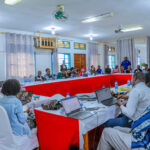In recent years, the importance of creating safe and secure learning environments has become a focal point for educational institutions worldwide. In Tanzania, the Safe School Programme, which was initiated under the SEQUIP Project and is coordinated by Hilda Mgomapayo from the Office of the Tanzanian President (TAMISEMI), is making notable progress in this regard. This initiative is proving beneficial for all educational establishments across the nation, including both government and private institutions.
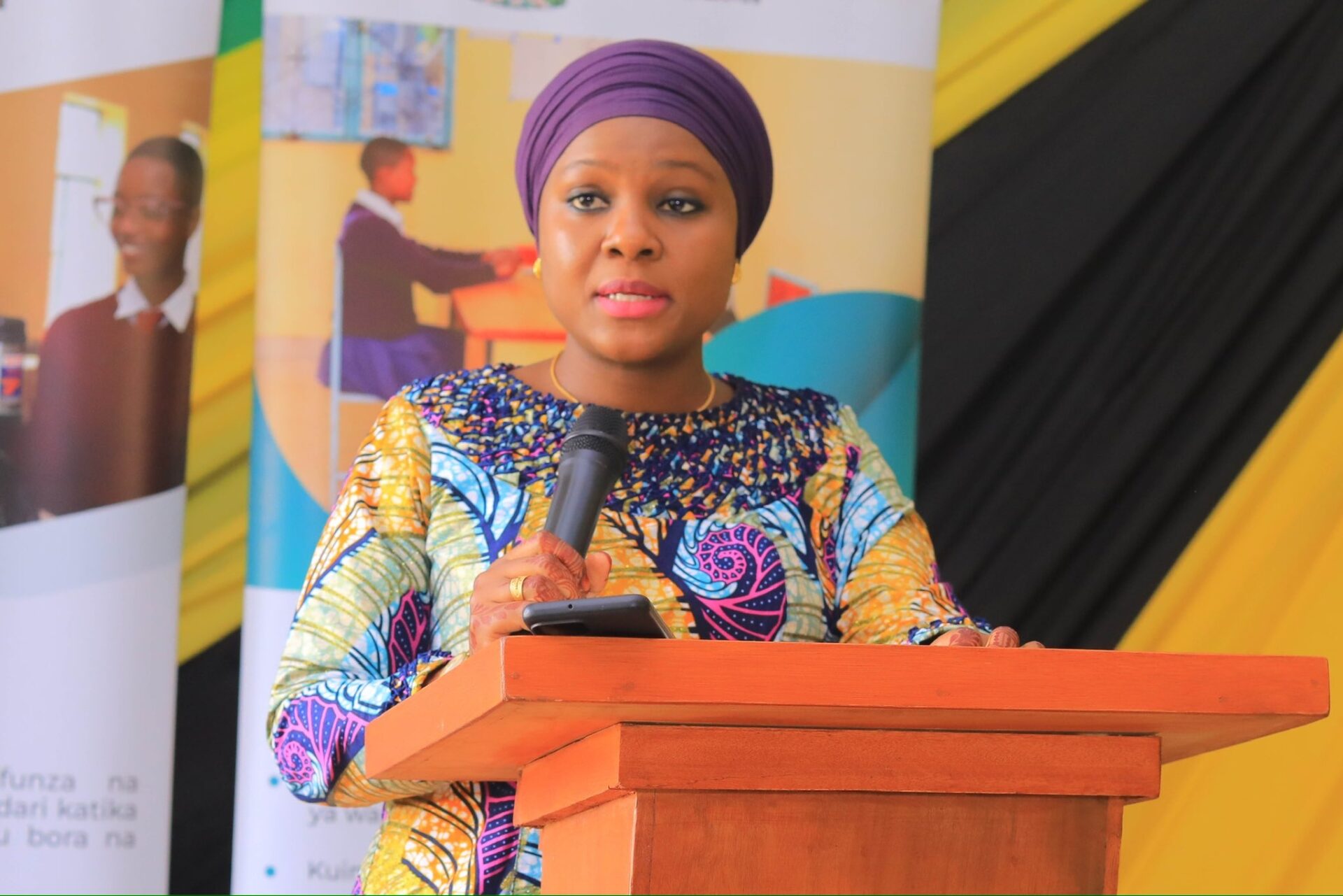
The Deputy Minister for Education, Hon. Zainab Katimba, has announced the introduction of a Safe School Program for primary and secondary schools. This initiative, which is collaborative with the community, aims to regulate the flow of students in order to ensure the safety and security of all parties involved.
The Hon. Katimba made this statement while conducting training sessions for Chairmen of Secondary School Boards, Community Development Officers at the Ward level, as well as Community Development and Community Welfare Officers at the Regional level. The training sessions were conducted at Patandi College in the Arusha region on 18 August 2024.

She stated that the government has endeavoured to regulate the influx of students, including the provision of free education to alleviate obstacles to enrolment, the construction of primary and secondary schools in proximity to residential areas to minimise the risk of students traversing lengthy distances, the reinforcement of student identification systems for those at risk of dropping out of school, the augmentation of the provision of services and advice and counselling, and the preparation of a guide to facilitate the return of students who have discontinued their studies.
Notwithstanding these endeavours, Hon. Katimba observed that the challenge of declining student enrolment in primary and secondary schools persists, as does the rate of decline.
The analysis of the causes of student attrition indicates that the unsafe environment for students while at school and when travelling to and from school plays a significant role in the persistence of high student attrition rates.
In order to ensure the safety of students and staff in educational establishments, the government has devised a new strategy, the Safe School Programme, which will be implemented in primary and secondary schools throughout the country. The government is resolute in its intention to enhance the teaching and learning environment by bolstering the involvement of parents/guardians and the community in the governance of teaching and learning, as well as student attendance.
The government is committed to enhancing the quality of education by fostering greater involvement of parents/guardians and the community in the management of educational processes and student attendance.
The objective is twofold: firstly, to reinforce the mechanisms for receiving and addressing student grievances in primary and secondary education; secondly, to enhance the provision of food and nutrition services for students in these levels of education.
Richard Makota, the Coordinator of the Secondary Elimy Improvement Project (SEQUIP), has requested that the participants apply the training they received over the course of three days regarding the implementation of the Safe School Programme. This is with the intention of fulfilling the government’s mission of ensuring the safety of students in educational establishments. The government’s objective in establishing the School Program in secondary schools throughout the country is twofold: firstly, to enhance the teaching and learning environment, and secondly, to increase the protection and safety of children.
He made this assertion at the conclusion of the three-day intensive training programme on the Safe School Programme, which brought together participants from the regions of Mtwara, Lindi, Tabora, Pwani and Dar es Salaam. The objective was to enhance the participants’ abilities and methods with a view to ensuring the safety of secondary schools.
The training programme has involved a number of key stakeholders, including chairmen of secondary school boards, officials from the regional levels, community development officers at the ward level, and coordinators of the Safe School Programme.
Furthermore, Hilda Mgomapayo, the coordinator of the Safe School Program and affiliated with the SEQUIP Project from the Office of the President (TAMISEMI), has emphasised the importance of the chairmen of the board and other participants as crucial links in ensuring the protection of students. It is for this reason that the government, through the Safe School Programme, has identified the necessity of conducting such training.
Moreover, Hilda has underscored the importance of engaging a diverse range of stakeholders in the planning, implementation and evaluation of the Safe School Program in practice.
A Comprehensive Approach to School Safety
The Safe School Program has been developed with the objective of enhancing and reinforcing safety measures across all educational institutions in Tanzania. The principal aim of the programme is to guarantee that students are able to learn in an environment that is free from threats and hazards, thus promoting their well-being and academic success. In order to achieve this objective, a team of experts has been assembled with the purpose of conducting training sessions in schools throughout the country.
Hilda Mgomapayo, the programme’s coordinator, places emphasis on the inclusive nature of the training. “Although the programme is currently open to board chairmen of Tanzania Government Schools, its structure is such that it can be of benefit to all schools,” she explains. Additionally, executives such as development officers and social welfare officers, who serve all schools, are also involved in the training.
This guarantees that the advantages of the programme are accessible to all students, irrespective of the educational establishment they attend.
Training for a Safer Future
The training provided under the Safe School Program is comprehensive and tailored to address the distinctive challenges encountered by educational institutions in diverse geographical regions. The training encompasses a plethora of subjects, including emergency preparedness, conflict resolution, and the implementation of safety protocols. The objective of the programme is to equip school executives with the requisite skills and knowledge in order to foster a culture of safety that permeates every aspect of school life.
A significant element of the training is the emphasis on collaboration between the various stakeholders. It is recommended that school executives collaborate closely with local authorities, parents, and community members to develop and implement effective safety strategies. This collaborative approach guarantees not only the implementation of safety measures but also their long-term sustainability.
Benefits for All Schools
The impact of the Safe School Programme is already being observed in various locations across Tanzania. Schools that have participated in the training have reported a discernible enhancement in their safety standards. This has consequently resulted in the creation of a more conducive learning environment, in which students are able to feel secure and supported.
For government schools, the programme offers a valuable opportunity to address long-standing safety concerns and implement best practice. Concurrently, private educational establishments benefit from the sharing of knowledge and resources, thereby facilitating the enhancement of their existing safety measures. The programme’s inclusive approach ensures that no educational establishment is excluded and that all students are able to access a safe learning environment.
Enhancing Educational Safety: Insights from Hilda’s Address at the Safe School Program Training
In a notable effort to enhance the safety and security of educational facilities, Hilda delivered a compelling address on 17 August 2024. This address constituted the second day of a pivotal training session that brought together a diverse group of stakeholders, including chairpersons of secondary school boards, regional officials, community development officers, and coordinators of the Safe School Program. The training, which is scheduled to conclude tomorrow, aims to equip these key players with the requisite tools and knowledge to effectively implement the Safe School Program across various regions.
The Safe School Program represents a comprehensive initiative designed to establish a secure and conducive learning environment for students. It encompasses a range of strategies and practices with the objective of preventing violence, ensuring emergency preparedness and fostering a culture of safety within schools. In light of the ongoing challenges that educational institutions are facing with regard to safety and security, the significance of such programmes cannot be overstated.
The incorporation of comment and complaint boxes in academic settings offers students a conduit through which they can articulate their opinions and grievances, which can then be addressed by the administrative body. The implementation of a system whereby students can submit comments or complaints and have them addressed by the administration provides students with a sense of security and assurance, thereby fostering a more conducive learning environment.
Looking Ahead
As the Safe School Program continues to expand, it has the potential to effect a profound transformation of the educational landscape in Tanzania. By prioritising safety, the programme not only serves to protect students from harm but also empowers them to flourish both academically and personally. The commitment of the Tanzanian government, as evidenced by initiatives such as SEQUIP, serves to illustrate the pivotal role that education plays in the advancement of national development.
In conclusion, the Safe School Program represents a significant advancement in the assurance of the safety and well-being of students throughout Tanzania. By providing comprehensive training to school executives and fostering collaboration among stakeholders, the programme is creating a safer and more supportive educational environment for all. As the number of participating schools increases, the benefits will continue to accrue, thereby paving the way for a brighter future for Tanzania’s students.
As the training session reaches its conclusion, the insights and strategies shared by Hilda and other participants will indubitably have a lasting impact on the implementation of the Safe School Program. By fostering collaboration, promoting continuous learning, and engaging with communities, stakeholders can collectively work towards the creation of a safer and more secure learning environment for students.
The commitment to school safety is a shared responsibility, and it is through the collective efforts of school boards, regional officials, community development officers, and programme coordinators that the vision of safe schools can be realised. As Hilda correctly observed, the safety and well-being of students must remain a primary concern, and it is only through collective action that this objective can be attained.
Tanzania Media
- Kanyala Ferry Launch: TEMESA’s New Service for 15,000 Sengerema Residents (Mwanza) - 18 August 2025
- Russia-Tanzania Naval Cooperation: How the Smolny Training Ship Boosts Dar es Salaam’s Maritime Security - 18 August 2025
- Tanzania’s ICGLR Commitment: Stabilising the DRC & Great Lakes Region - 18 August 2025


